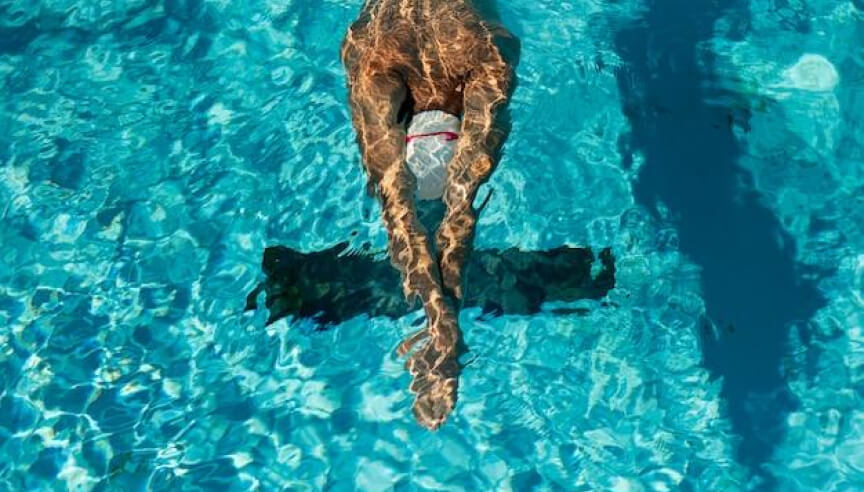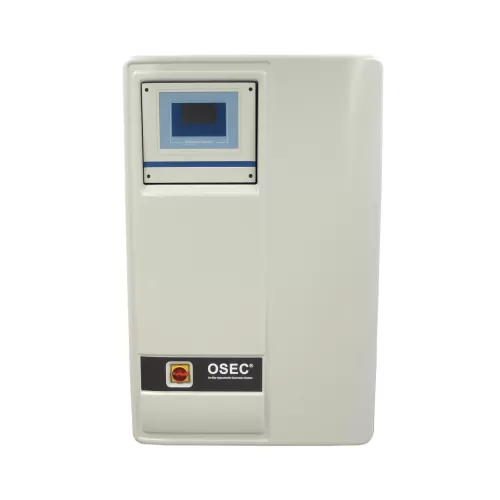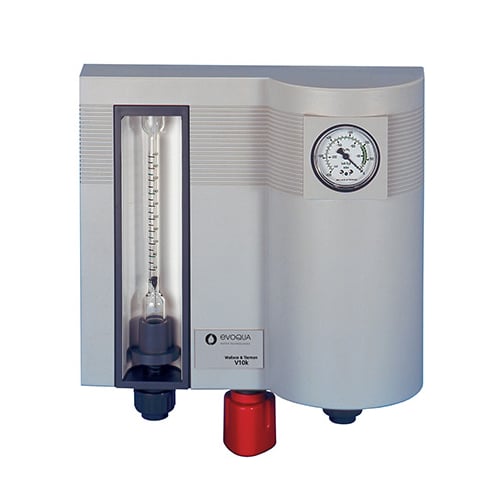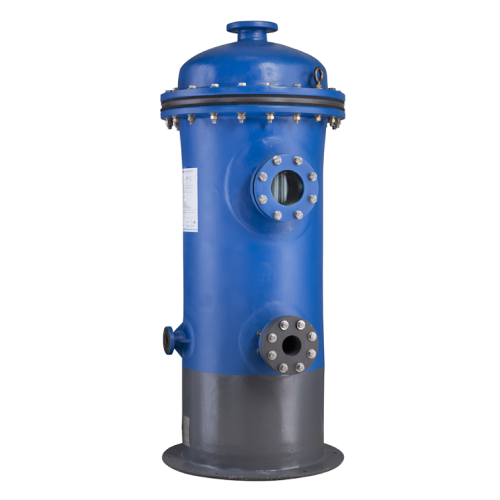The Quest for Pool Purity

When it comes to maintaining a pristine and safe swimming pool environment, the choice of disinfection method stands as a pivotal decision for pool owners and managers. Traditionally, chlorine has been the stalwart guardian, but the emergence of ultraviolet (UV) disinfection as an alternative has sparked a debate on the optimal approach to pool sanitation. However, could a synergistic union of both methods hold the key to elevating pool hygiene standards?
The Quest for Pool Purity: UV vs. Chlorine Disinfection or a Fusion of Both?
Chlorine: The Classic Defender
Chlorine has long been the go-to solution for pool disinfection. Its efficacy in neutralizing bacteria, viruses, and algae is well-documented. Chlorine works by oxidizing contaminants in the water, eradicating pathogens and preventing the spread of waterborne illnesses. It’s a reliable and cost-effective method, ensuring a continuous residual effect to maintain sanitation levels.
Ultraviolet (UV): The Rising Challenger
In recent years, UV disinfection has gained traction as an alternative or complementary method to chlorine. UV light, specifically UV-C, effectively disrupts the DNA of microorganisms, rendering them unable to reproduce. UV systems installed in pool circulation systems expose water to UV rays, eliminating a wide range of pathogens without altering the pool’s chemistry or producing harmful by-products.
The Case for a Combined Approach
Rather than a strict dichotomy between chlorine and UV, a combined strategy presents a compelling proposition. Integrating UV with chlorine treatment leverages the strengths of both methods while mitigating their respective limitations.
Advantages of a Combined System:
- Enhanced Disinfection: UV complements chlorine by targeting pathogens that may be resistant to traditional chemical treatments, providing an additional layer of protection.
- Reduced Chlorine Dependency: UV reduces the reliance on high levels of chlorine, minimizing the formation of chloramines—the compounds responsible for “chlorine smell” and skin/eye irritation.
- Chemical Reduction: Lower chlorine levels due to UV integration mean fewer chemical by-products, promoting a more comfortable and environmentally friendly swimming experience.
- Consistent Sanitation: UV ensures continuous disinfection, even when chlorine levels fluctuate, ensuring a consistent safety barrier against contaminants.
Considerations for Pool Owners:
- Pool Size and Usage: The size of the pool and the frequency of use impact the choice of disinfection method. Larger pools may benefit from a combined system for comprehensive coverage.
- Initial Investment vs. Long-Term Savings: While UV systems may require a higher initial investment, the reduced chemical usage and maintenance costs can result in long-term savings.
- Maintenance and Monitoring: Both chlorine and UV systems demand regular maintenance and monitoring to ensure optimal performance.
Conclusion:
In the pursuit of pristine pool waters, the debate between UV and chlorine disinfection need not be an either/or scenario. The integration of UV technology with chlorine treatment presents an innovative and holistic approach to pool sanitation. By harnessing the strengths of each method, pool owners can achieve a harmonious balance between effective disinfection, reduced chemical use, and a superior swimming experience. Ultimately, the choice should align with the specific needs of the pool and the preferences of its users, aiming for a harmonious blend of efficacy and comfort.





